Introduction
Vertigo is a spinning or whirling sensation when you move your head.
Your doctor may have moved you in different positions to help your vertigo get better faster. This is called the Epley maneuver. Your doctor also may have asked you to do these exercises at home.
Do the exercises as often as your doctor recommends. If your vertigo is getting worse, your doctor may have you change the exercise or stop it.
How it is done
This maneuver is done at home. A single 10- to 15-minute session may be all that is needed. When your head is firmly moved into different positions, the tiny calcium "stones" that are causing vertigo should move back to where they are supposed to be and no longer cause symptoms. Get your doctor's advice on when to do it, how often, and how many times in a row to repeat it.
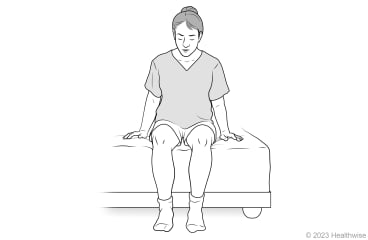
Sit on the edge of a bed. Sit so that you have enough room to roll onto your side in the direction the doctor told you to. Place a pillow on the bed behind you so that when you lie down the pillow is under your shoulders and your head can tilt back.
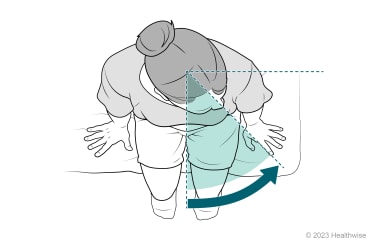
Turn your head about halfway (45 degrees) in the direction your doctor told you to. This should be toward the ear that causes the most vertigo for you.
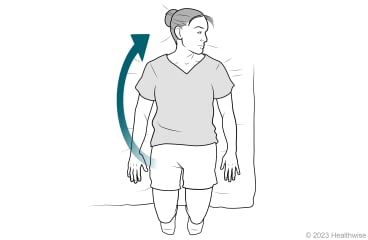
Quickly tilt yourself backward until you are lying on your back with the pillow under your shoulders. Your head will tilt back off the pillow, still at a 45-degree angle. Your head should be about midway between looking straight up and looking out to your side. Hold for at least 20 seconds. Your doctor may tell you to stay in this position until any vertigo stops.
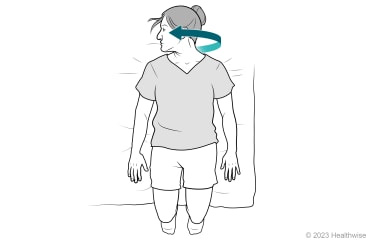
Turn your head halfway to the other side (about 45 degrees). This will be the side that has the least vertigo. Hold for at least 20 seconds or until your doctor says you should stop.
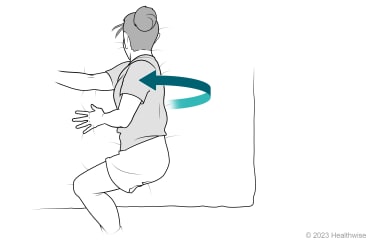
Keeping your head turned about halfway toward your shoulder, roll onto the side that causes the least vertigo. Your face should now be pointing toward the floor. Hold for at least 20 seconds. Then slowly push yourself up to a sitting position. Your doctor may have you repeat the whole series of movements until the vertigo is gone.
Follow-up care is a key part of your treatment and safety. Be sure to make and go to all appointments, and contact your doctor if you are having problems. It's also a good idea to know your test results and keep a list of the medicines you take.
Current as of: October 27, 2024
Author: Ignite Healthwise, LLC Staff
Clinical Review Board
All Ignite Healthwise, LLC education is reviewed by a team that includes physicians, nurses, advanced practitioners, registered dieticians, and other healthcare professionals.

